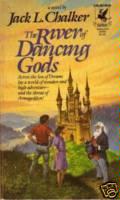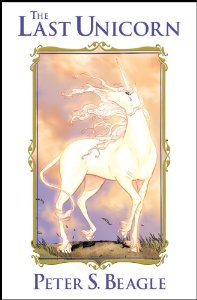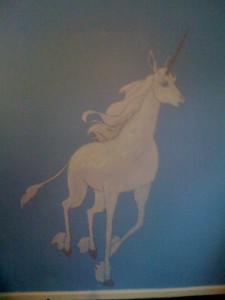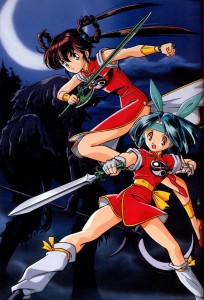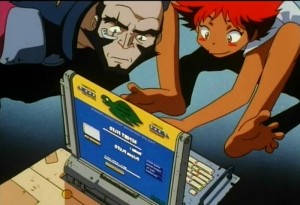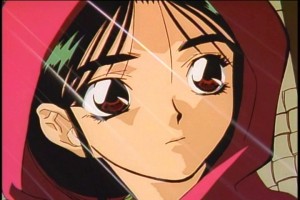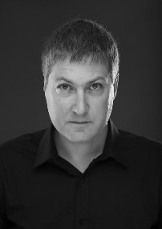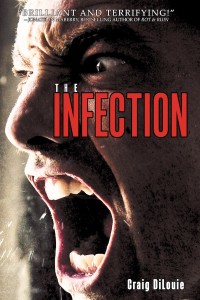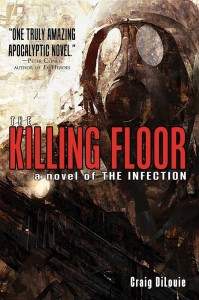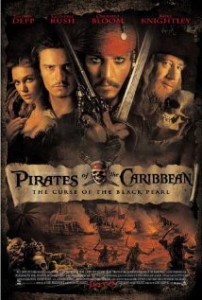 I love this movie! What an enjoyable tale. Of course it’s a pirate movie and, like most people, I like pirate movies. There’s something that stirs the blood at the mention of pirates, and this one delivers all the tropes we expect in a pirate flick: tall ships, great battle sequences, swashbuckling heroes, a kidnapped governor’s daughter, and lots of pirate treasure.
I love this movie! What an enjoyable tale. Of course it’s a pirate movie and, like most people, I like pirate movies. There’s something that stirs the blood at the mention of pirates, and this one delivers all the tropes we expect in a pirate flick: tall ships, great battle sequences, swashbuckling heroes, a kidnapped governor’s daughter, and lots of pirate treasure.
But this movie rises above other pirate films for several reasons. First, I love the fact that the treasure is cursed, and the pirates’ mission is more than just pillage, plunder, and loot. They are seeking redemption, looking to undo the terrible curse that’s befallen them. That’s a great twist that deepens the plot tremendously.
More importantly, this movie has something none of the others did: Captain Jack Sparrow.
This fantastic character, brilliantly played by Johnny Depp, drives the movie into uncharted territory, and rightly earned him many awards. Captain Jack is not the hero, he’s not the character the story hangs on, and yet he steals center stage in every scene he appears in. Jack Sparrow is a pirate, but it’s often hard to decide which side he’s on. He’s crafty, clever, and usually obtains his goals without having to fight, although he’s an accomplished fighter when required.
Jack Sparrow is the spice in the movie that allows the serious, epic tale to contain a solid thread of comedy without becoming silly, but the story could only work if he had straight-men characters like Will Turner to play off of. As Director Gore Verbinsky stated, “You don’t want just the Jack Sparrow movie. It’s like having a garlic milkshake.”
In the IMDB Top 100 movie characters of all time, Jack Sparrow is rated 32.
And in EmpireOnline, he’s voted number 8.
Pirates of the Caribbean would not have worked nearly so well without Jack Sparrow, just like Star Wars would not have been so great without Han Solo.
The main swashbuckling hero, the blacksmith Will Turner, is the character we want to succeed, but we’re drawn to Jack Sparrow. His complexity, his murky agenda, his fresh quirkiness, fascinate us. He represents the carefree outlaw, epitomizing freedom from responsibility and any constraints. It’s a powerful draw to audiences looking for escape. Jack Sparrow can do anything, with no limits, while other characters are constrained by their employment, social status, or lack of confidence.
So, what are some things we can learn from this iconic figure?
First, a healthy dose of humor is possible even in an otherwise serious story, but it needs to be approached carefully and woven in as a secondary thread.
Second, great characters are complex, multi-faceted figures that require planning and care and a dash of brilliance to bring to life. Without the actor pushing the limits beyond the initial parameters laid out by the writers, Jack Sparrow never would have taken flight like he did.
Third, people are drawn to larger-than-life characters that struggle sometimes to decide their moral code, sometimes falling on the side of good, and sometimes on the side of not-so-good.
Fourth, great characters often don’t choose the easy, expected path. For example, when Jack duels Will the first time, he refrains from shooting him. We’re left wondering about the cryptic reference to the bullet, and whether or not he really didn’t want to hurt the dumb kid who got in his way, or if something else is going on.
Take Away: When crafting your characters, look for figures who can embody more than their limited role originally suggests. Work hard, with attention to detail, and leave room for flashes of inspiration that can leap from the foundation you’ve laid, and imbue your character with greatness.
What are some other iconic characters you can think of, and what makes them special?

